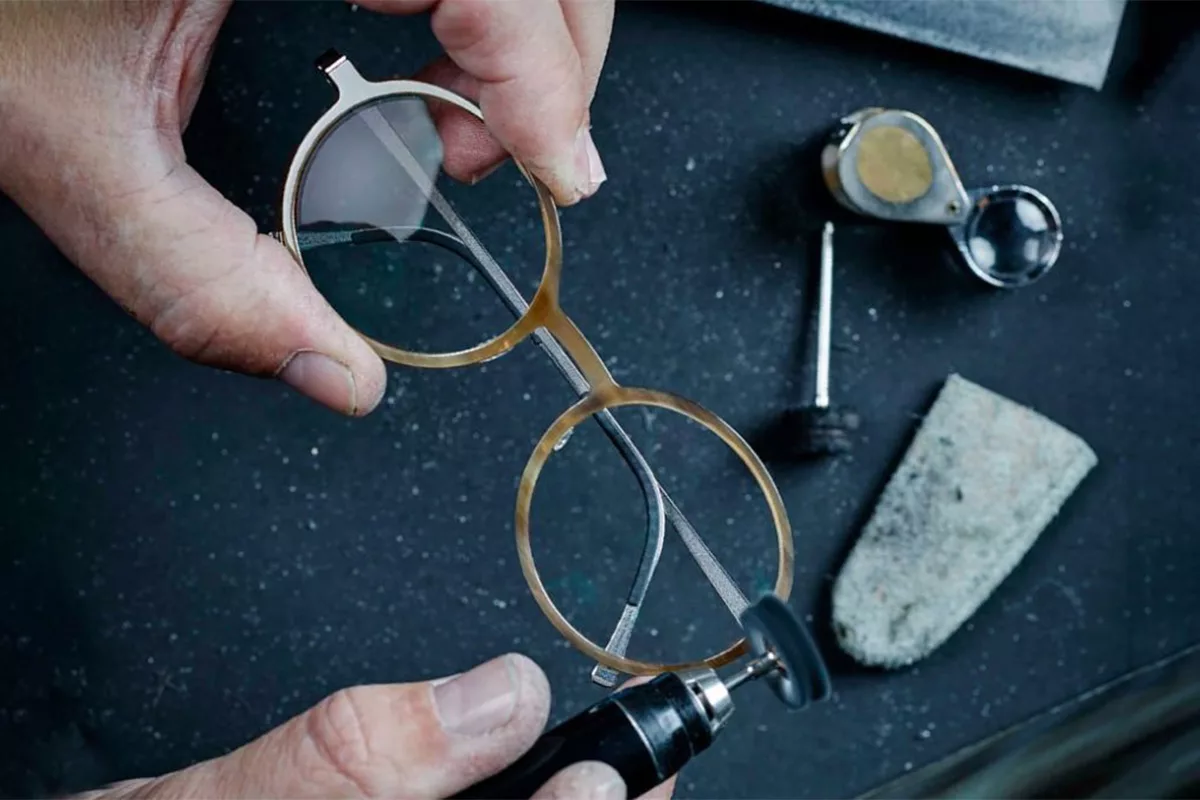- New contact lenses priced at $700 – higher than Lasik surgery
- Cost likely to decline ‘only once lenses are created for a larger patient population,’ says GlobalData analyst.
![]() Orthokeratology, also known as corneal refractive therapy, has re-emerged as a treatment for near and far-sightedness, but while the technology provides an intermediate solution between existing interventions, its high price tag will hinder its adoption in the corrective vision market, according to an analyst with research and consulting firm GlobalData.
Orthokeratology, also known as corneal refractive therapy, has re-emerged as a treatment for near and far-sightedness, but while the technology provides an intermediate solution between existing interventions, its high price tag will hinder its adoption in the corrective vision market, according to an analyst with research and consulting firm GlobalData.
Originally developed in the 1960s, orthokeratology involves the use of rigid contact lenses which are worn at night to reshape the cornea and temporarily reduce a person’s refractive error. These contact lenses, which also provide freedom from wearing any type of lens during waking hours, cost around $700.
This sets the price significantly higher than Lasik surgery, the most popular form of invasive intervention for vision correction, which costs approximately $400 annually if spread across 10 years, and soft contact lenses, a non-invasive intervention which can cost anywhere between $200 and $250 for a year’s supply.
Joseph Gregory, GlobalData’s Analyst covering Surgical Devices, says: “While orthokeratology provides an intermediate solution between invasive and non-invasive interventions, the price of the lenses needs to be substantially lower than it is currently, especially with the corrective vision market being sensitive to economic conditions and consumer confidence.
“Lasik surgery is a prime example of this. Prior to the most recent recession, there were US procedure volumes of 1.4 million in 2007. Three years later, that figure had decreased to 800,000 and it has not seen a recovery since.
“However, it’s not likely that these costs will decrease in the near future, as orthokeratology lenses are only equipped with the technology to treat mild to moderate myopia. Device manufacturers and researchers are therefore developing lenses that can treat more severe cases, as well as other refractive error conditions such as presbyopia and hyperopia, and only once lenses are created for a larger patient population will we be likely to see a decline in the price.”












